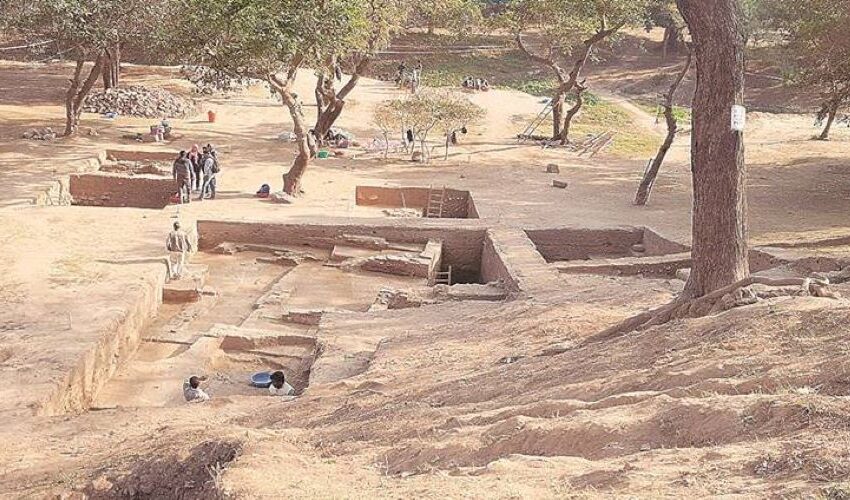ASI begins excavation at Purana Qila for the third time now

Team L&M
The Archaeological Survey of India (ASI) is all set to begin excavation at Delhi’s Purana Qila for the third time now. The two excavations were done in 2013-14 and 2017-18.
The objective of the latest excavation is the exposure and preservation of the trenches that were excavated in the previous years. During the closure of the previous season’s excavation, evidence of layers predating the Mauryan period was found.
This time the focus of the excavation would be to accomplish the traces of Painted Grey Ware finding in strati-graphical context. Identified as ancient settlement of Indraprastha, a continuous habitation of 2,500 years at Purana Qila was established in earlier excavations.
The findings and artefacts unearthed in earlier excavations comprise painted grey ware, belonging to 900BC, an earthen pottery sequence from Maurya to Shunga, Kushana, Gupta, Rajput, Sultanates and Mughal periods.
This season’s excavation focuses to accomplish the traces of
the Painted Grey Ware finding in strati-graphical context
Artefacts such as sickles, parers, terracotta toys, kiln- burnt bricks, beads, terracotta figurines, seal and dealings etc that were excavated earlier can now be seen at the Archaeological Museum inside the fort complex.
Built by Sher Shah Suri and Humayun, the 16th century fort stands on a site which has thousands of years of history – this is where stood the ancient city of Indraprastha, the capital of the Pandavas,which shows that Mahabharata is actually our history not mythology. Excavations near the eastern wall of the fort show that the site had been occupied since 1000 BC. The Painted Gray Pottery recovered from the site date back to the Mahabharata period. Pottery from the period of the janapadas has been found in the Purana Qila, taking the habitation of this place back to 600BCE.
When Edwin Lutyens designed the new capital of British India, New Delhi, in the 1920s, he aligned the central vista (now Kartavya Path) with Purana Qila. During the Partition of India, Purana Qila became the site for refugee camps for Muslims migrating to newly-founded Pakistan.
Purana Qila began being used for theatre shows in the 1970s, which it has remained till date. Later cultural shows and events including a daily sound and light show also began to be held.


